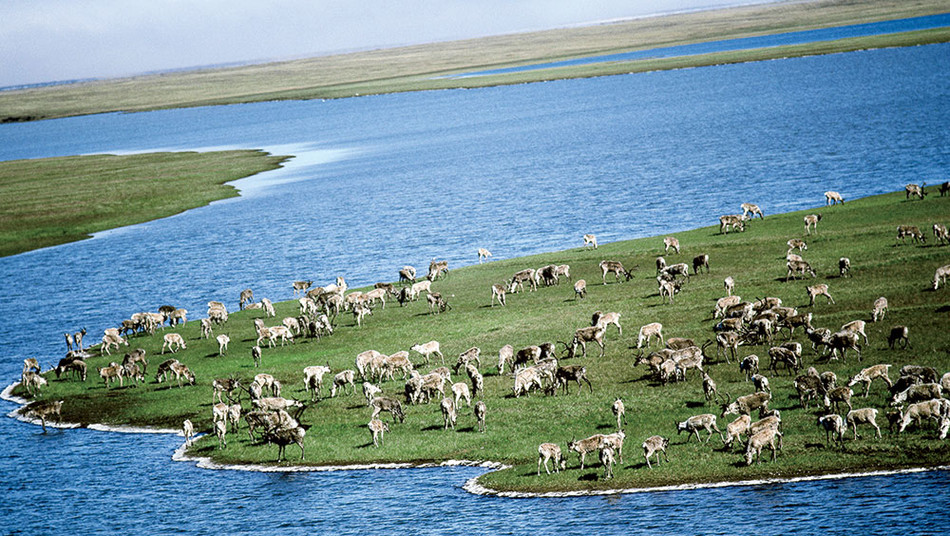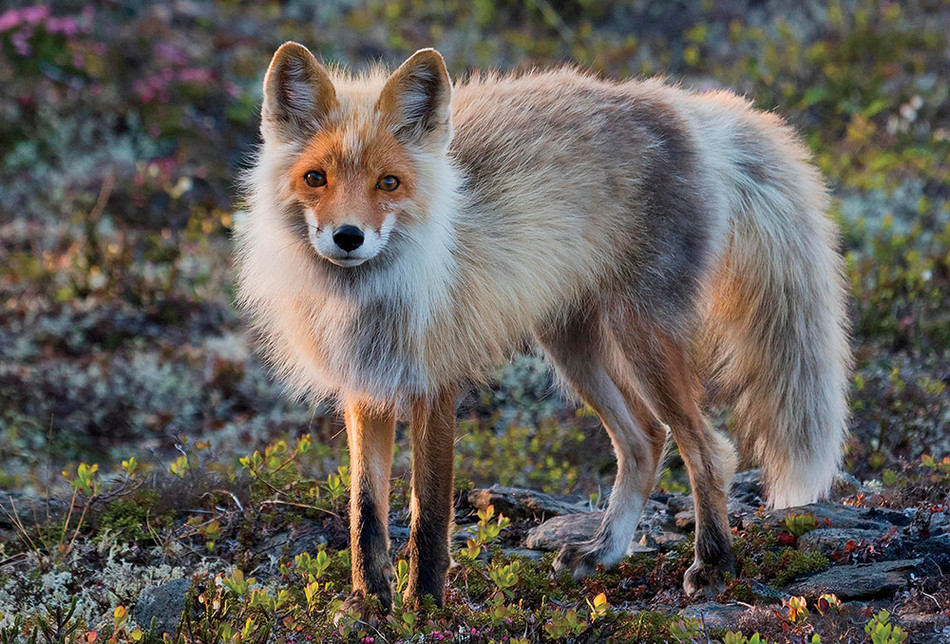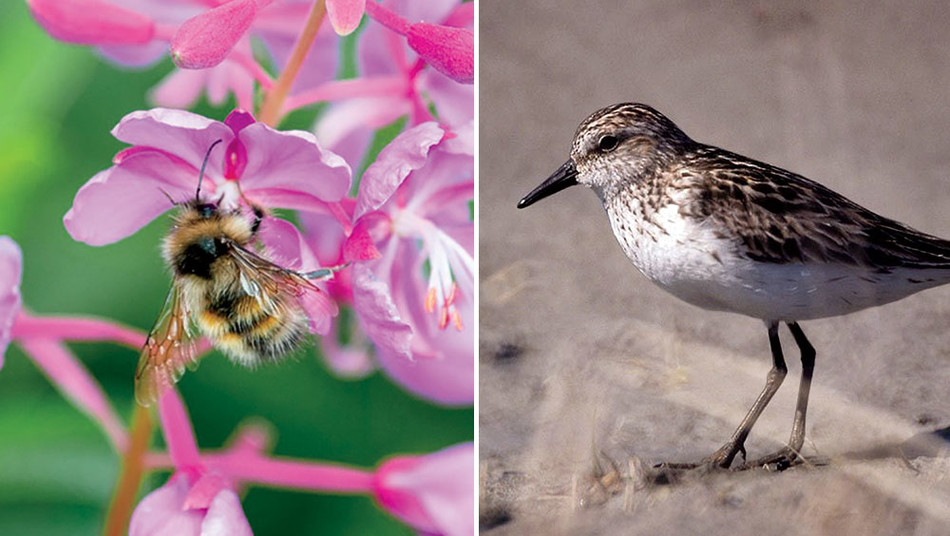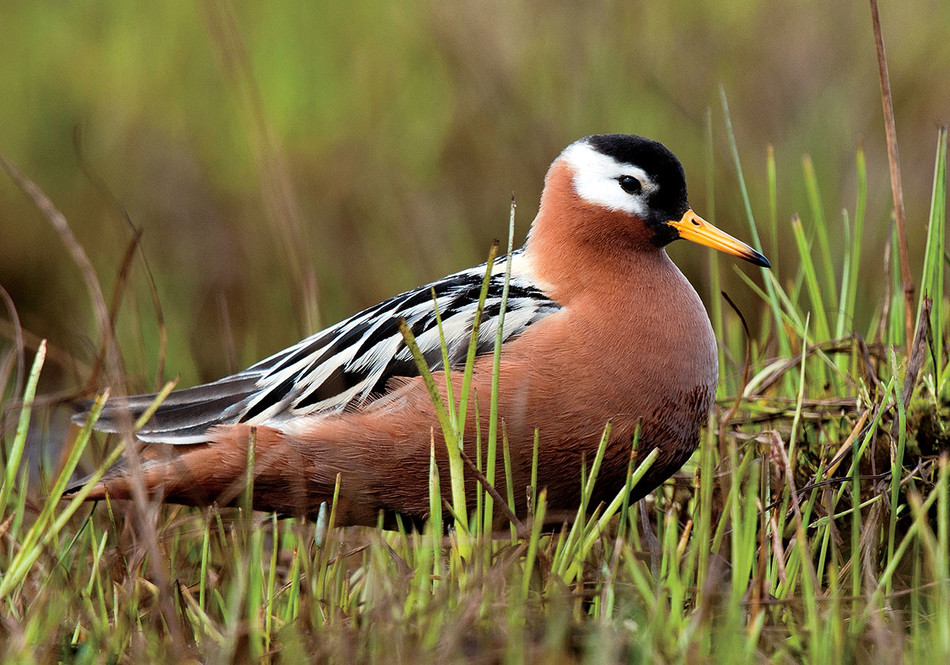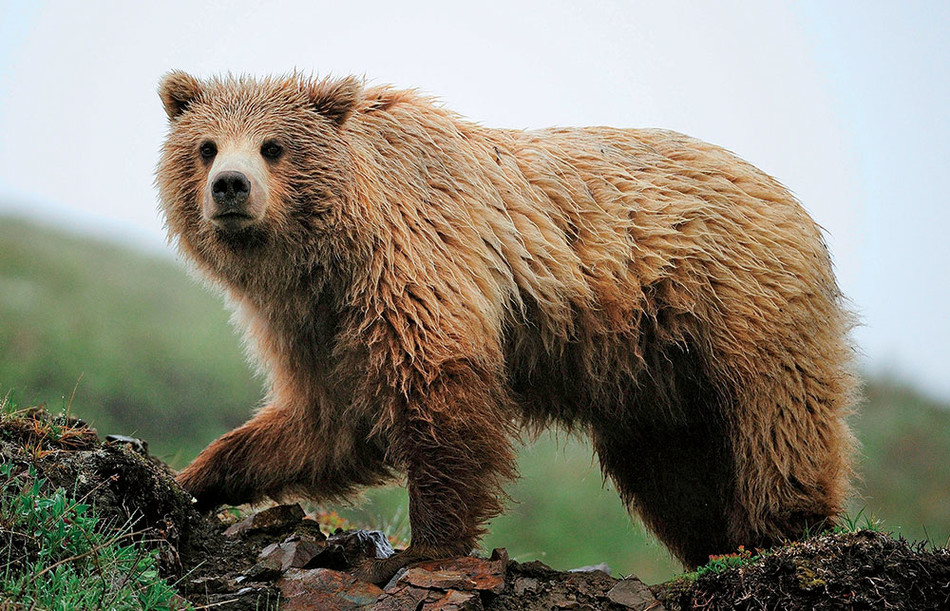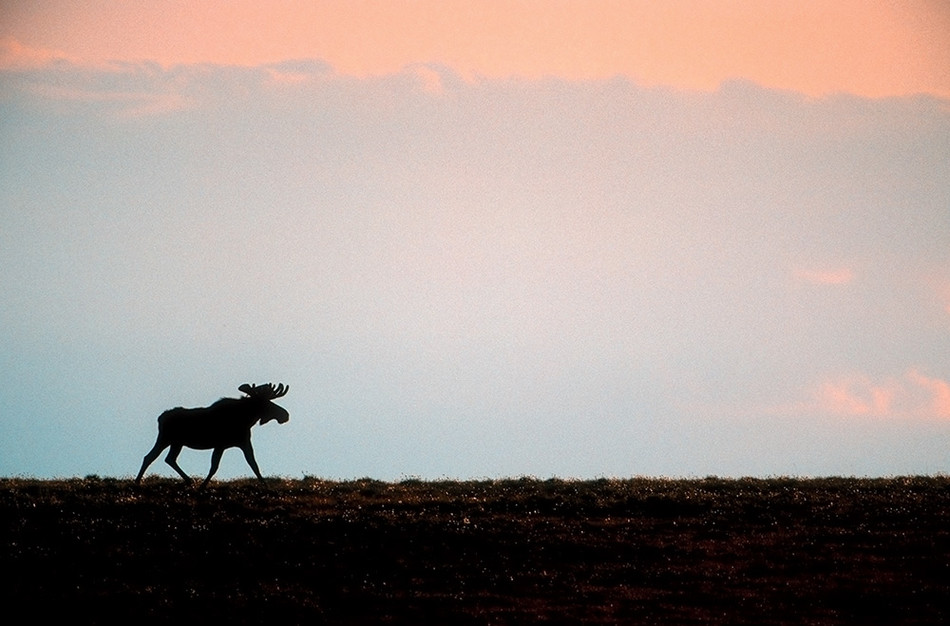Lazy Bears and Confused Birds: What a Warming Planet Means for Wildlife
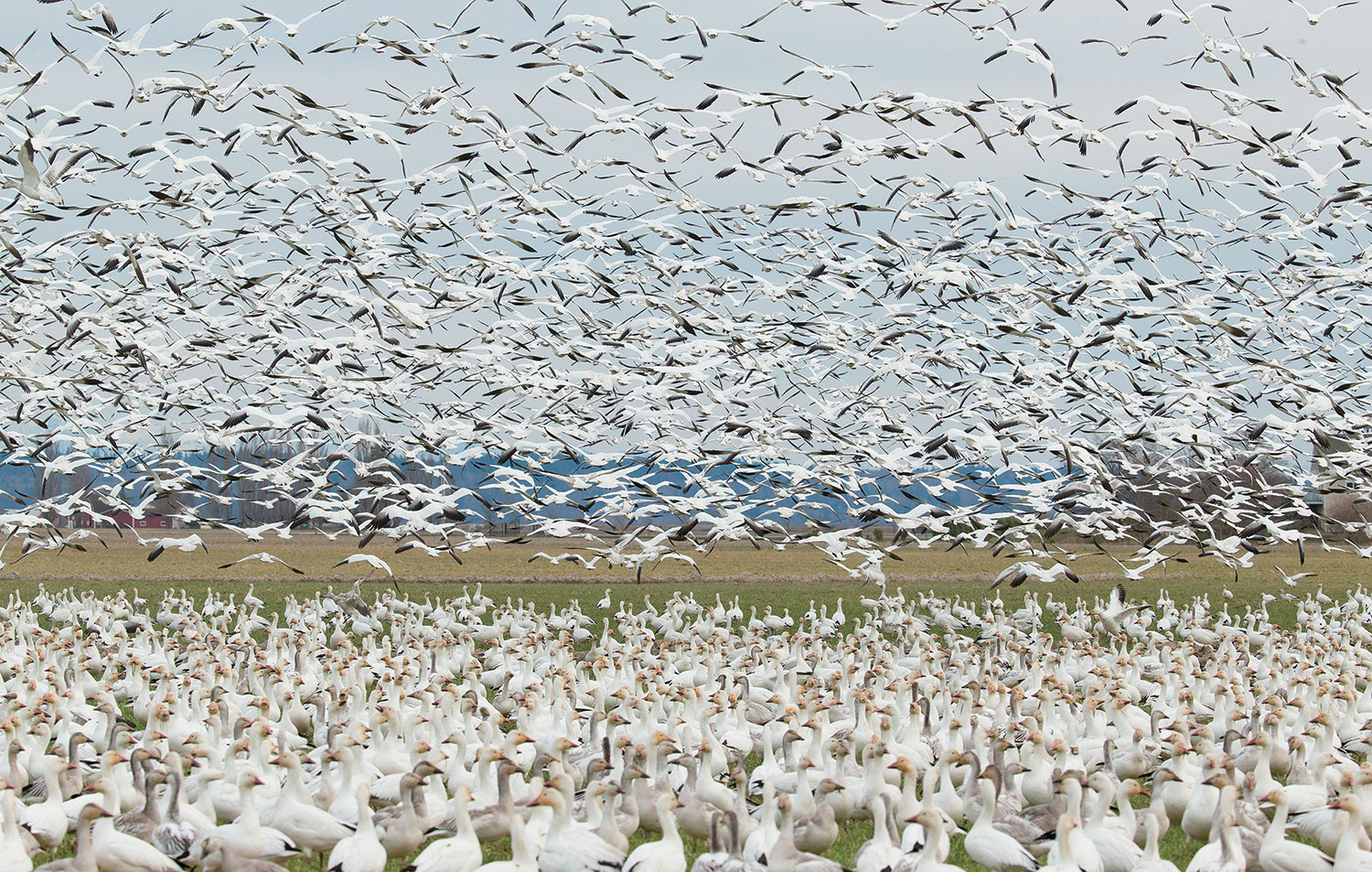
The Alaskan tundra, a vast, windswept, and treeless region at the edge of the Arctic Circle, is a place of stunning natural beauty. In winter, the area is blanketed by darkness, and polar bears, wolves, foxes, and lynx rule the snow-covered landscape. In summer, when the sun floats above the horizon for nearly twenty-four hours a day, temperatures routinely hit the mid-sixties, and the tundra springs to life. Patches of grass, wildflowers, moss, and shrubs emerge from beneath the melting snow; thundering herds of caribou, moose, and musk ox travel north to feast on the lush vegetation; and millions of birds from all over the world, drawn by a bounty of insects, worms, and berries, swoop in to mate and raise families.
But this pristine landscape, and the intricate web of life that it supports, is under stress. Climate change is warming the Arctic twice as fast as the rest of the planet and is altering the habitats not only of its native species but of the countless migratory wayfarers who summer there.
Natalie Boelman ’04GSAS, an ecologist at Columbia’s Lamont-Doherty Earth Observatory, has spent more than a decade monitoring wildlife in the region, seeking to understand how animals are responding and adapting to the rising temperatures. Not content to follow a single species, as many ecologists do, Boelman has overseen a series of large studies to assess how the entire biome is being altered by climate change.
“Everybody knows that the polar bears here are in trouble,” she says. “But what about the grizzlies, the caribou, the songbirds, the waterfowl, the rodents, and the insects? How are they coping? And how are their fates interconnected and tied to the physical environment? That’s the bigger picture.”
To get a comprehensive look at animal life on the tundra, Boelman and her colleagues combine traditional boots-on-the-ground fieldwork with innovative data-collection techniques. They have set up dozens of microphones and audio recorders to detect the presence of birds by their songs and calls, have installed cameras at key locations to document the comings and goings of various species, and have outfitted a multitude of animals with tiny GPS sensors that transmit their locations to satellites.
Periodically, the scientists map the huge amounts of data they gather about animal movements against detailed climate information and images of the landscape collected from space. “We look to see if global warming and related changes in the timing of seasons and in vegetation cover are affecting where the animals go to feed, mate, and raise their young, as well as when they arrive at those locations and depart,” Boelman says.
Dozens of animal species that survive on the tundra are already known to be endangered — including caribou, foxes, grizzly bears, moose, polar bears, bison, musk ox, red-breasted geese, and spoon-billed sandpipers — but Boelman’s ambitious, big-data approach to ecological research has yielded additional discoveries. She and her colleagues, who include scientists from a half dozen universities and numerous US and Canadian government agencies, have found that because spring now begins here two weeks earlier than it used to, the migration schedules of some birds, including golden eagles, are falling out of sync with the shifting seasons. The researchers fear that this could leave the eagles too little time to raise their young before the summer’s abundant food supplies run out. Warmer temperatures have also brought swarms of bloodthirsty mosquitoes, which are weakening female caribou and causing them to be late getting to their calving grounds. This could endanger their offspring, since calves need time to learn to walk before the first snowfall.
Wolves and black bears, meanwhile, are growing more lethargic in the summer heat, which may impair their ability to hunt. Such divergence in the behaviors of predators and prey can spell serious trouble for any ecosystem. And problems on the tundra could have cataclysmic ripple effects. Whether migratory birds can successfully breed, for example, is vital for ecosystems worldwide, says Ruth Oliver ’19GSAS, an ecologist and data scientist who led a study on the migratory patterns of American robins while earning her doctorate in Boelman’s lab. “We rely on birds to return from Alaska each fall because they play a vital role in pollinating flowers, dispersing seeds, and controlling pests,” she says.
Boelman’s latest Arctic studies look at how diminishing snow cover is influencing animals’ movement patterns, how noise from encroaching oil- and gas-drilling rigs is affecting the behavior of calving caribou, and how birds are being disturbed by wildfires that are occurring more frequently as a result of climate change.
Boelman hopes that her research will help wildlife managers, conservationists, and members of Alaskan Indigenous communities in their efforts to protect this delicate ecosystem.
“The tundra is being hit with a sledgehammer,” she says, “and if we’re going to have any chance of preserving it, we need to gain a much better understanding not only of how its components fit together but how they may be starting to come apart.”
This article appears in the Spring/Summer 2022 print edition of Columbia Magazine with the title "Animals on the Move."

